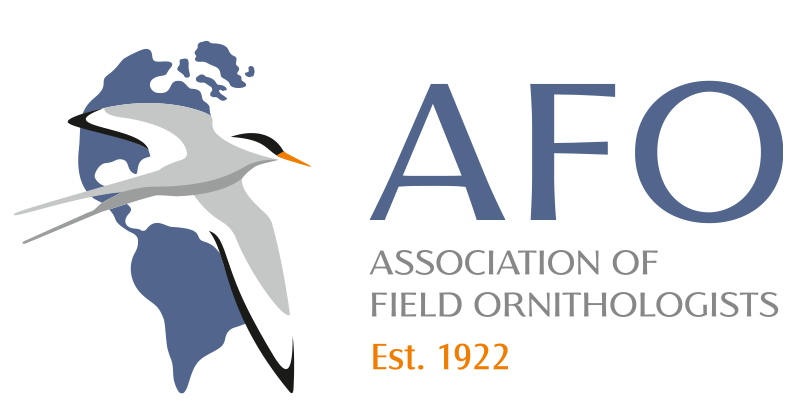https://www.cornellpress.cornell.edu/book/9781501759468/elusive-birds-of-the-tropical-understory/#bookTabs=4 Edited by John P. Whitelaw, Jeffrey D. Brawn, Henry S. Pollock, and John D. Fitzpatrick. 2022. Cornell University Press, Comstock Publishing Imprint. Ithaca, NY, USA. ISBN 9781501759468. Hardcover ($39.95 USD).
Elusive Birds of the Tropical Forest Understory (Comstock Publishing Associates) makes a fine effort to introduce us to an underappreciated and relatively little-known cohort of birds. Its attractive coffee table book format houses a compendium of portraiture sets for 41 bird species that reside in the lower to mid- strata of New World tropical forests. Accompanying each of these sets is an accessibly-written essay by one of several contemporary, expert tropical avian ecologists. Peppered throughout this basic layout are essays with photographs that cover more general topics in tropical avian ecology and the authors’ reasons/methods for undertaking the project.
In birder taxonomy parlance, the species covered in this book are the Panamanian representatives of the (often) visually unspectacular, hard to see, harder to photograph, and very difficult to study clade. The authors’ stated purpose is to bring this overlooked group of twilight forest dwellers into the light so that bird enthusiasts can spend some time getting to know them and their remarkable habits, hoping that in so doing they can also demonstrate why it’s important to include them in discussions of global avian conservation. These goals are largely achieved, though it’s done somewhat awkwardly in places.
First, the good. John Whitelaw does an admirable job of introducing us to a Central American understory forest bird community with photos of wonderful technical quality; there is little doubt that his images will provide the best looks most of us will ever get at many of these often enigmatic species. The taxonomic breadth of the subjects also gives an appropriate sense of the diversity in this slice of the New World tropics. The species accounts which accompany Whitelaw’s portraits similarly hit the mark; they typically include much of what’s known of the life histories of the subjects, and many of them are written by the scientists who have studied their subjects extensively and therefore know them as well as anyone alive (for example, Corey Tarwater’s treatment of black-crowned antshrike). Writing styles vary from author to author, but none are overburdened with jargon, ensuring accessibility to an audience of diverse readers. Many authors incorporate enough of the science that focuses on the shared characteristics affecting distribution and persistence that a reader can easily begin to understand why we should be concerned about the future of tropical understory forest birds. As a bonus for those wishing to dive more deeply into one of the 41 subjects that has caught their fancy, there is an afterword that provides a species-specific bibliography for all citations mentioned in every essay.
As for the aforementioned awkward bits, I did not find them too troubling. I am, however, something of a pushover for most anything written about this group of birds, so the bits are worth mentioning for the benefit of the less blinkered.
The element most likely to detract from the book’s impact is its raison d’être: the photographs around which it is structured. To be blunt, some folks are going to find it difficult to appreciate the Wabi-Sabi aesthetic Whitelaw uses in the construction of his portraits. In his interpretation, it results in an image with a uniformly black background, which may seem more of a bug than a feature to amateur bird photographers familiar with the overly dark background that often plagues flash photography in low-light settings. Others may appreciate an enhanced sense of intimacy imparted by the isolationist technique, but regardless of the side on which one falls, there will be very little of that “sense of place” associated with images of birds embedded in their natural ecological context.
There is also a bit of disjointedness in the subject matter of the supplementary essays. Relationship to the book’s main topic is easy to see for some of these, such as Whitelaw’s account of birds that forage over raiding ant swarms, an understory phenomenon in lower elevation tropical forests of the New World especially (though not uniquely). Relevance of other essays is less clear, as in pieces on the structure of hummingbird tongues and the nature of rictal bristles which, while fascinating, might be more at home in a general ornithology text.
A final quibble with the title; a geographic qualifier may have gone well there. Although I was not displeased to find that the book’s focus was on a subset of birds with which I‘ve spent some of the best hours of my life in the forests of Panamá (where all the subjects were captured and photographed), other folks who don’t have that bias may expect images of species that occupy a much wider swath of the world’s tropical regions.
In summary, this is a coffee table book that won’t be for everybody, but for which some will swoon. As an introduction to the ecology of understory tropical forest birds, it’s necessarily patchy but quite engaging in places, delivered in some of the most accomplished voices of neotropical ornithology. Its success as a visual treat for bird enthusiasts who enjoy images of birds they’re not likely to see well, if ever, in other circumstances will likely rest on individual reactions to the aesthetic the authors employed in capturing the subjects’ images.
Randy Moore
Dept. of Fisheries, Wildlife, and Conservation Sciences
Oregon State University
Header photo: Brown-billed Scythebill (Campylorhamphus pusillus). Evan Jackson
Suggested citation:
Moore, R. Review of the book Elusive Birds of the Tropical Understory edited by John P. Whitelaw, Jeffrey D. Brawn, Henry S. Pollock, and John D. Fitzpatrick. Association of Field Ornithologists Book Review. https://afonet.org/2023/10/2319/.
If you are interested in contributing a book review, or if there is a book you would like to see reviewed on our site, you can contact our Book Review Editor, Evan Jackson at evan.jackson@maine.edu

